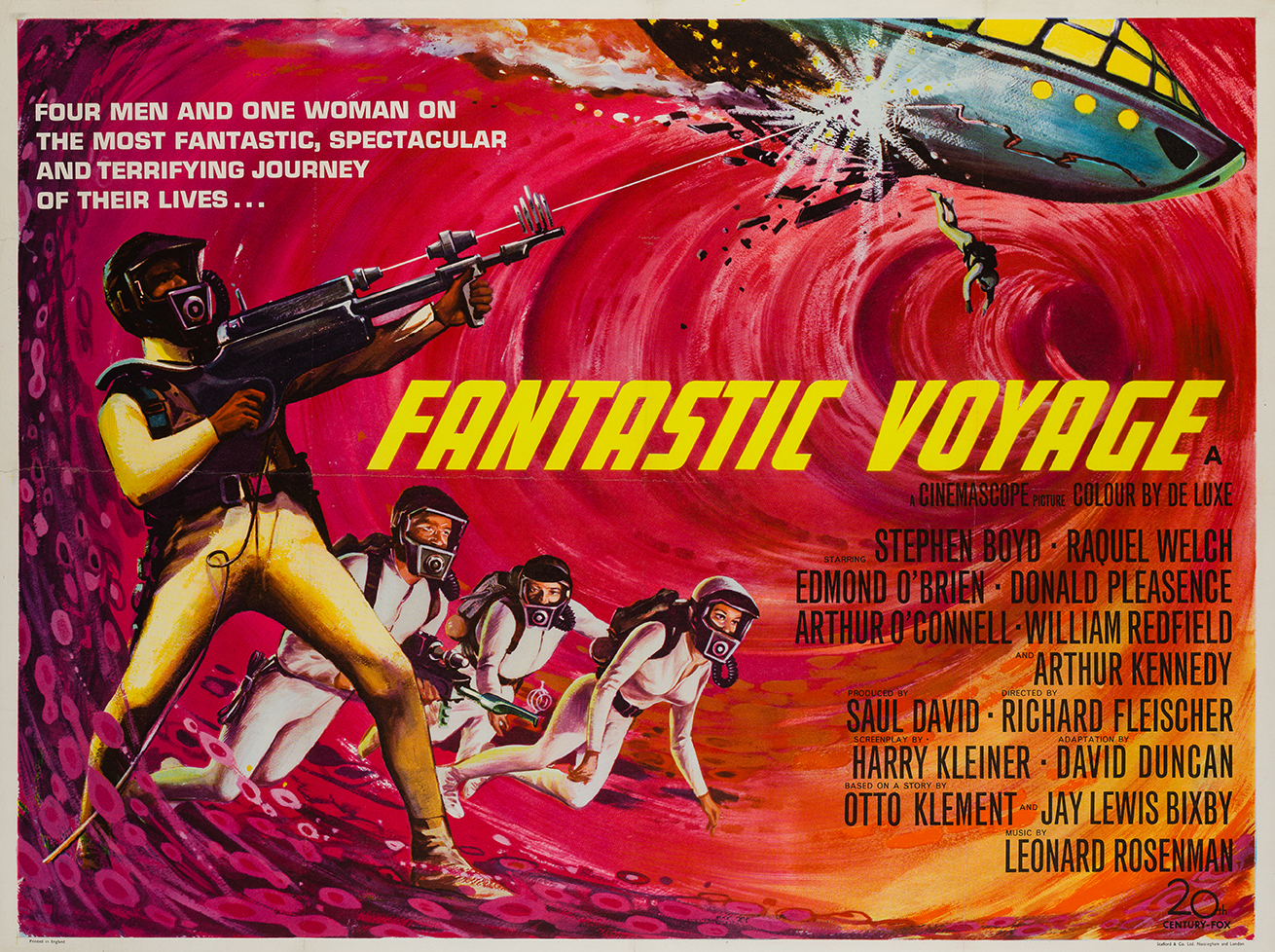 Japanese Researchers Use Nanobots & Robots to Heal Patients
Japanese Researchers Use Nanobots & Robots to Heal Patients
If you recall the 1966 movie Fantastic Voyage, you might be surprised to learn researchers have practically brought that movie to life⎯except for shrinking the scientists and doctors. The robotic implants that are being inserted into humans today are nanobots, small enough to attach to a single sperm cell. These attached bots are loaded with chemotherapy drugs, then turned loose into a woman’s uterine tract. They swim up and locate a cancer cell, then unload chemo directly onto it, killing the cancer cell and leaving the rest of the patient’s cells alone.
Here are some other tidbits found in an article from The Japan Times:
I think it’s safe to assume that Shogo Shimada, a thoracic and cardiac surgeon at the University of Tokyo Hospital, did not start his career thinking he might one day be implanting robots into living animals. Yet that is just what Shimada and a team of surgeons and roboticists from around the world have now achieved.
We’ll return to this in a second, but let’s first examine the problem that Shimada and his colleagues are tackling. Every year, thousands of children are born with defects in some of the tubes in their bodies. For example, a section of the bowel could be missing, or there could be a gap between the esophagus and the stomach. In either case, it’s a serious problem, as food can’t be processed. Shimada was part of a team that implanted a robot into a living pig to fix the problem.
The robot is not the sort of cute android we are used to seeing. It’s a machine, made of a couple of steel rings and motors sheathed in waterproof skin. To demonstrate how it can help stimulate growth in an esophagus, it was implanted into a pig’s body and attached to the food pipe. A computer in the robot very gently controlled the elongation of the steel rings. The experiment showed that the robot caused the esophagus to grow by 77 percent in little more than a week.
Below is a clip from the movie that was once thought impossible and now is much more plausible.
Fantastic Voyage 1966







Leave A Comment